- internimedicina.cz - Osteoarthritis
- wikipedia.cz - Glucosamine
Osteoarthritis and diet, prevention, treatment, cartilage restoration? How to stop it

It is not for nothing that they say we are what we eat. Diet significantly influences various processes in the body and affects the psyche of a person. It is important not only in the onset of diseases, but also in their prevention and treatment. Osteoarthritis and its onset can also be influenced by diet. Appropriate foods are important in delaying its onset, but also support the treatment itself. In the first stages of the disease, even dietary changes and supplements are preferred over pharmacological therapy. Which foods are suitable for patients with arthritis?
Article content
Osteoarthritis affects about 15% of the population. It occurs mainly at older ages and its incidence increases with age. Osteoarthritis has many causes. Lifestyle and the way the patient lived when he or she was young are also important factors in its development.
How to stop it and restore the cartilage? Can vitamins or nutritional supplements help?
Why does osteoarthritis occur?
Osteoarthritis is a degenerative disease of the articular cartilage, affecting the subchondral parts of the bone and surrounding tissues. Ultimately, the pathological process damages the bone matrix with deformation of the joint. The joint becomes non-functional. Often, the only solution is a total joint replacement - the so-called total endoprosthesis.
Causes of cartilage degeneration
The aetiology (cause) of the disease is not fully understood, but several factors are involved. Changes take place slowly at the metabolic level, even decades before the disease becomes apparent externally.
Wear and tear of the articular cartilage occurs already around the age of 20, a time when most young people do not think about "old age" diseases. With increasing age and the influence of negative factors, osteoarthritis can appear earlier than we might expect.
The natural aging process is the main cause of the disease. In younger people, obesity and lack of exercise play a big role. Finally, there are factors that we cannot control, such as congenital anomalies or genetic predisposition.
The main causes of osteoarthritis
- Ageing
- obesity, lack of exercise
- unbalanced diet
- genetic predispositions
- congenital developmental defects
- anatomical anomalies
- inflammatory diseases
- endocrine disorders
- metabolic disorders
- injuries
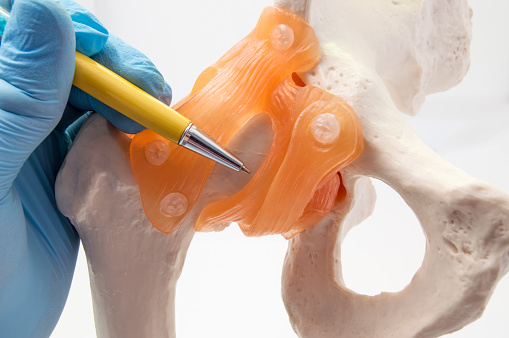
What should be avoided in the prevention of arthritis?
The fight against the onset of arthritis should start at a young age. Previous bad habits and diet have a significant influence on its onset.
If you think you are too young to be concerned about the subject of osteoarthritis, you are very much mistaken.
Obesity puts a strain on the joints
Nothing puts more strain on the joints and bones than obesity. Obese people are prone to developing various diseases and one of them is arthritis. Every extra kilogram puts more and more strain on the joints and increases the risk of damaging them.
Therefore, one of the most important preventive measures is to keep the body weight within the norm and reduce excess weight.
TIP: Arthritis of the knee. Slowly but surely destroying your knee joints
Lack of exercise
Lack of exercise, on the one hand, causes obesity and, on the other, leads to insufficient blood supply and nourishment of the articular cartilage. Synovia, a substance that nourishes the joints, is spread over the joint when it is properly moved, thus ensuring its nourishment. The blood supply to the muscles, in turn, ensures their strengthening.
Uncirculated and flabby muscles do not help and relieve stressed joints as well as healthy and strong ones.
Unbalanced diet
Do you consume a lot of beta-carotene for beautifully healthy skin? Do you overdo it with vitamin C during flu season or is vitamin D for beautiful hair and nails the order of the day? Your joints and bones may not be visible, but their health and proper function also require certain substances to function properly. Also, substances such as overly sweetened drinks or alcohol are pronouncedly harmful to them.
Important substances and foods in the prevention and treatment of arthritis
The human body is like flowers. They need water and nutrients to grow.
Likewise, organs and organ systems need certain substances to be healthy and to grow and function properly. A lack of these substances results in their destruction, degeneration, malfunction and premature ageing.
Glucosamine keeps joints healthy
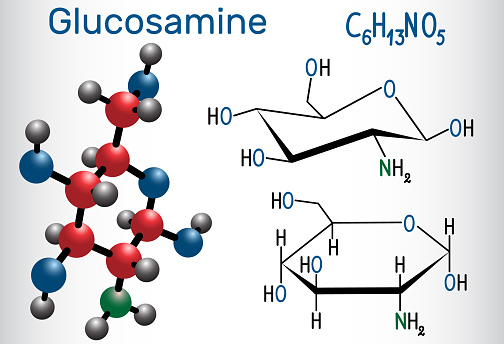
Glucosamine is also often referred to as nutrition for the joints. This is because of its great importance in moisturizing them.
This miraculous element binds water to itself. This not only moisturizes the joints, but also ensures their proper function and flexibility.
Glucosamine is a compound (monosaccharide) that is formed from glucose after the hydroxyl group has been replaced.
This is also how chondroitin sulphate, the basic building block of joints, is formed.
Foods containing chondroitin sulphate:
- animal cartilage
- pig ears
- pork snout
- dietary supplement (glucosamine as such can only be supplemented artificially)
Collagen - a protein of key importance in the development of arthritis
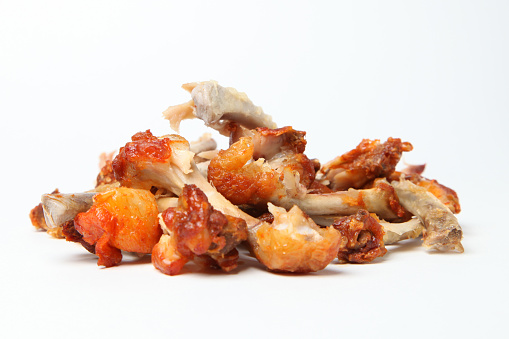
As a rule, people associate collagen with beautiful, elastic, wrinkle-free skin. With the first signs of aging, almost every woman has an anti-wrinkle cream with collagen at home.
They even take it in tablet or powder form as a dietary supplement. And they do well. However, collagen does not only have positive effects on the skin.
Collagen is an extracellular protein that is naturally formed in the human body. It is also the basic building block of all connective tissues in the body. It forms collagen fibres and networks that hold cells tightly together. It represents up to 30% of the total protein in the body, 40% in joints and up to 70% in the skin.
However, its production decreases with age, so an external supply is essential.
Foods containing collagen:
- meat cartilage
- pork rinds
- foie gras (broth made from hides)
- meat broths (soups)
- fish and seafood
- eggs
- sweet potatoes
- spirulina
- food supplement
Vitamin C is essential for the synthesis of collagen fibres
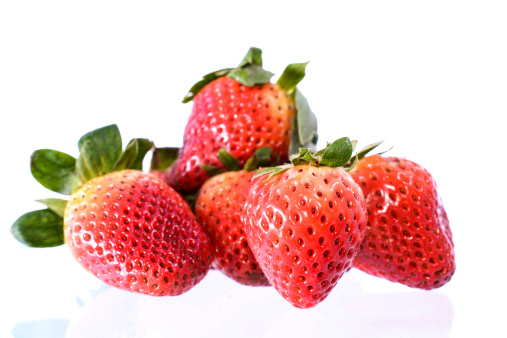
Collagen ensures the integrity of connective tissues and healthy articular cartilage. Enough of it delays wear and tear. It is formed in the body, but vitamin C is involved in its synthesis.
Vitamin C or L-ascorbic acid is a vitamin essential for various processes in the body. One of its importance is its contribution to the proper metabolism of amino acids, including the synthesis (formation) of collagen. It is involved in the proper structure and function of bones, joints, teeth and promotes growth.
The problem is that man cannot make it himself. Therefore, it is essential to get it from food.
Foods containing vitamin C:
- Strawberries
- rose hips
- sea buckthorn
- blackcurrants
- lemon and lime
- orange and grapefruit
- tomato
- peppers
- broccoli
- cauliflower
- leafy vegetables
- food supplement
Manganese ensures the transport of collagen in the body
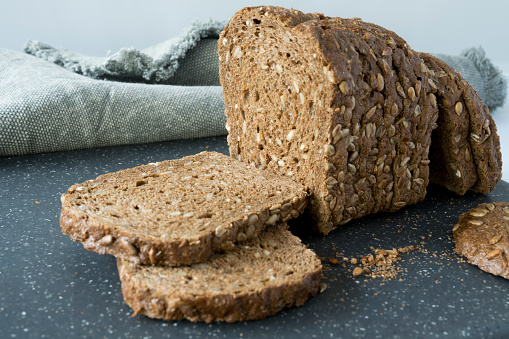
Manganese is an essential element in the metabolism of sugars, fats (cholesterol) and proteins. Among other things, it promotes bone and cartilage growth, thus preventing osteoporosis and osteoarthritis.
Manganese is a trace element. In addition to the above, it is also involved in the transport of collagen in the body, ensures the utilisation of vitamin C and metabolises fats. This partly prevents the development of obesity. All its properties have a preventive effect against the development of arthrosis.
Foods containing manganese:
- Pineapple
- spinach
- oatmeal
- nuts
- Cereals
- wholemeal bread
- rice
- legumes
- cocoa
- teas
Bad habits affect the production and metabolism of substances beneficial to the joints
Replenishing substances and nutrients that are beneficial for the healthy growth and development of joints and bones is important. It is equally important to make sure that they are used properly in the body. Certain activities or habits destroy these substances, prevent their proper metabolism, or change their structure and therefore their function. Therefore, simply replenishing them is sometimes not enough.
Activities that destroy substances important for joints:
- insufficient fluid intake, dehydration
- consumption of large quantities of sweetened beverages
- consumption of alcoholic beverages
- smoking
- drugs (corticosteroids)
- exposure to radiation (sunbathing, solarium)
- stress factors
- effect of free radicals
Example: To explain, the simplest example is the effect of sunlight or artificial UV radiation. Its effect destroys collagen, which is clearly visible on the face. The skin becomes flabby, wrinkled and loses its natural elasticity, which is provided by collagen and its fibres. The activities and influences described above also destroy collagen and other substances. This is not visible to the naked eye. But this does not mean that it does not happen. Therefore, in the prevention and treatment of arthritis, avoiding these influences is also very important.
Interesting resources










